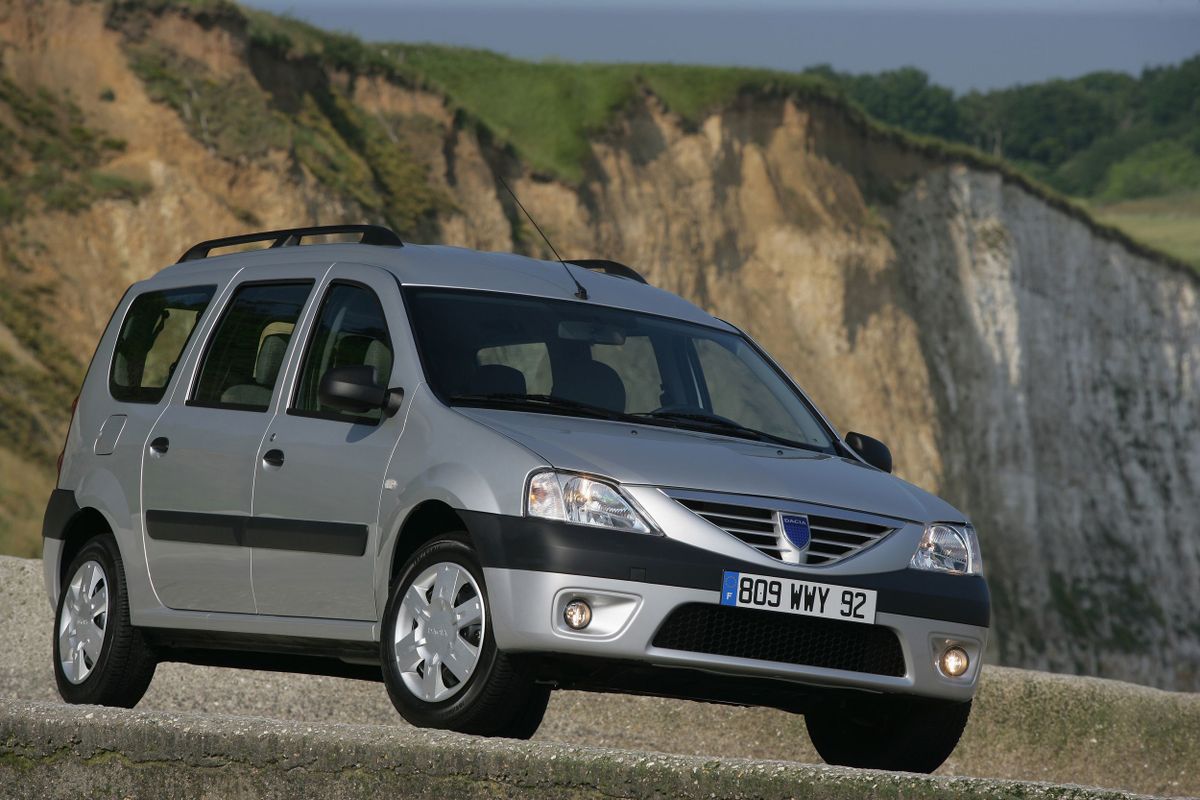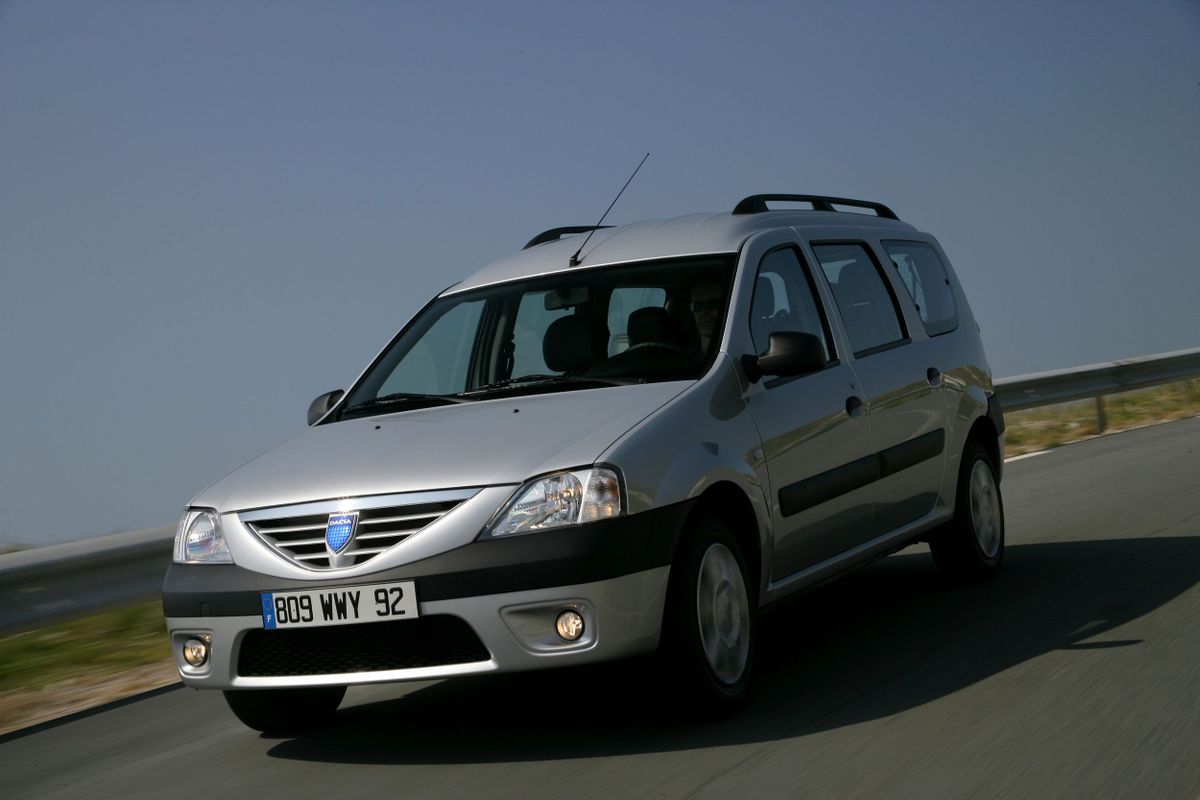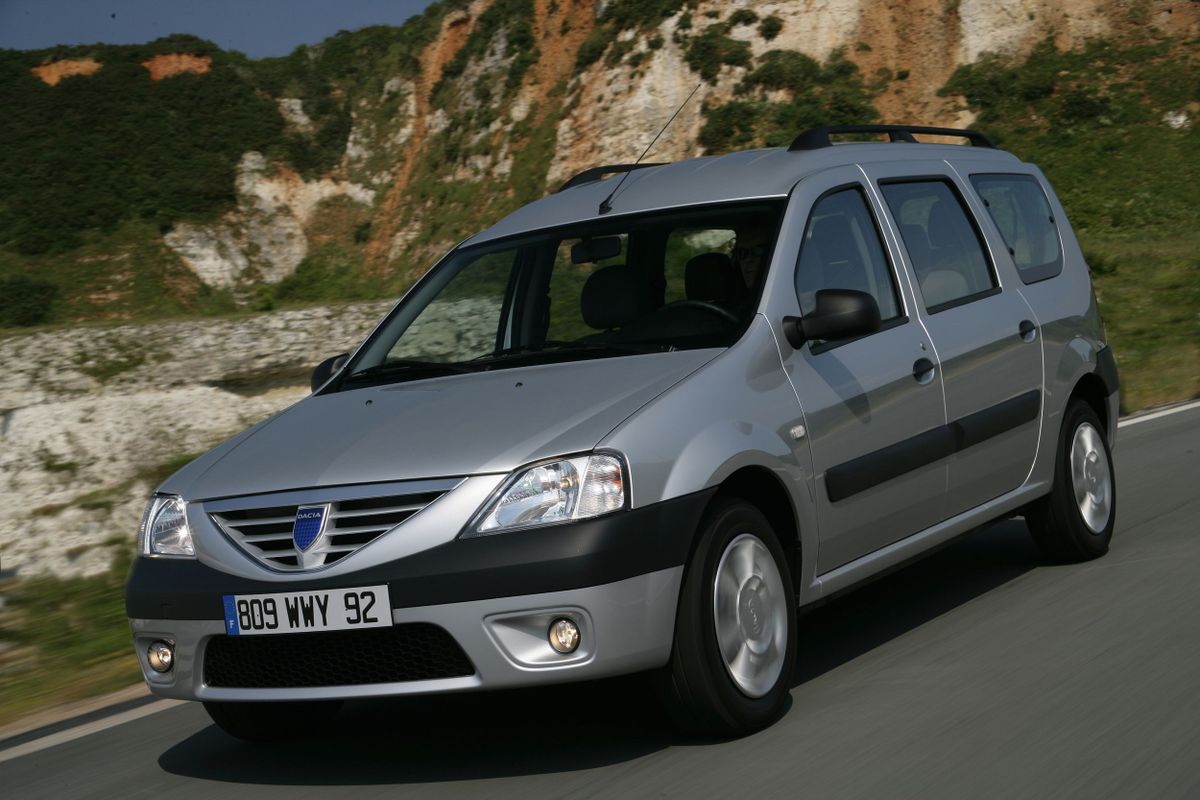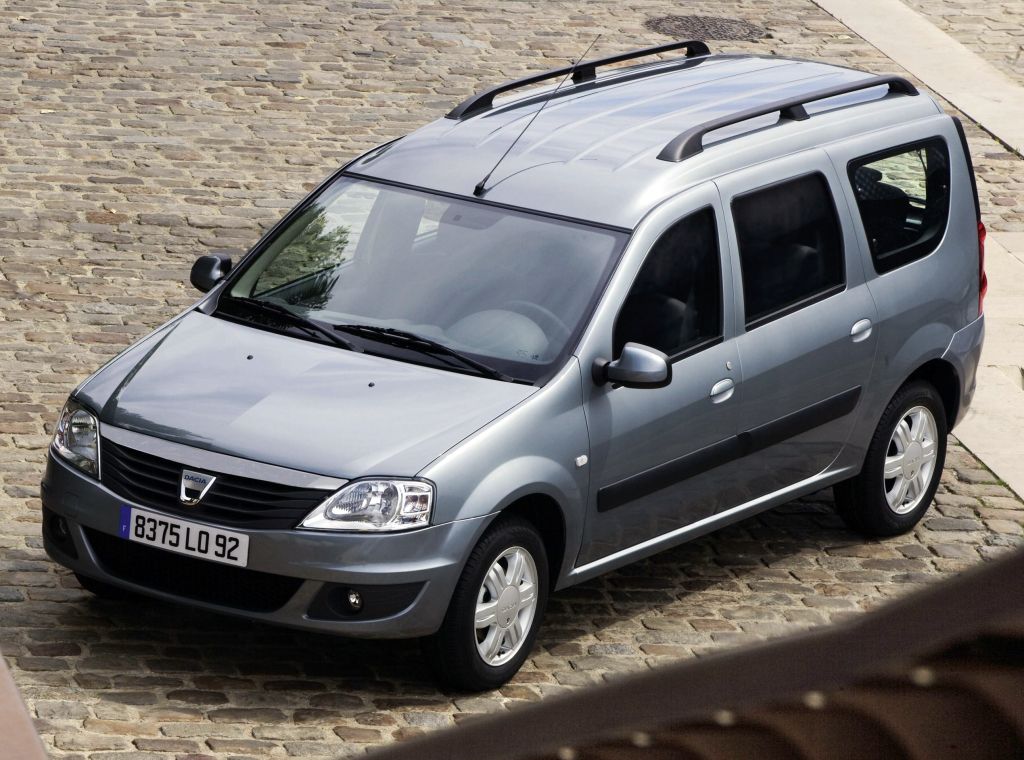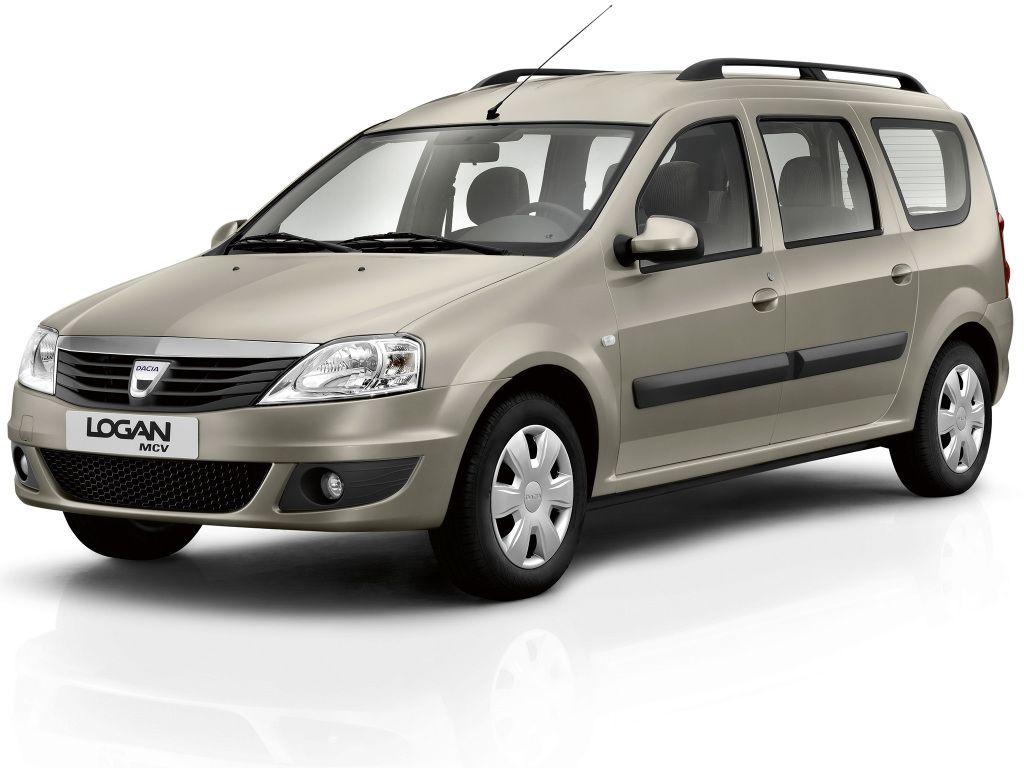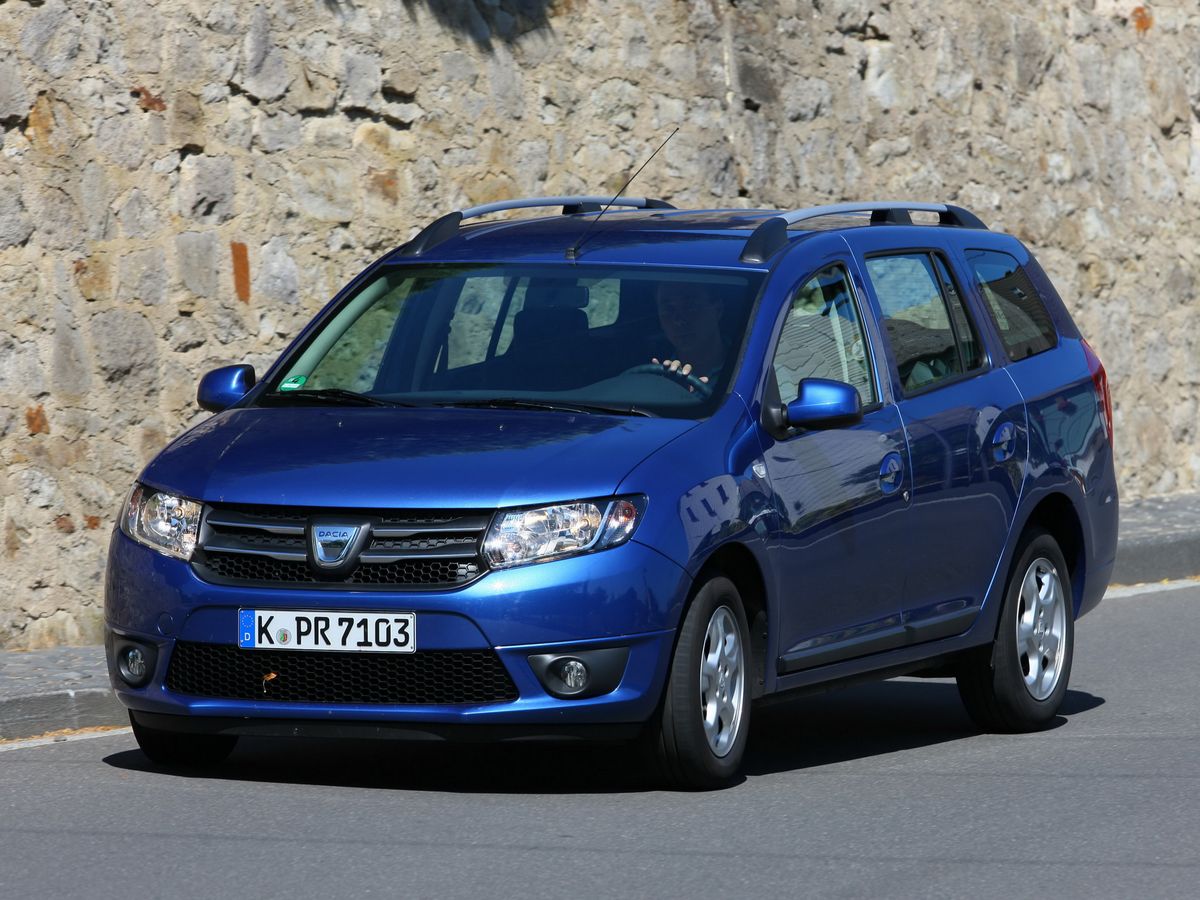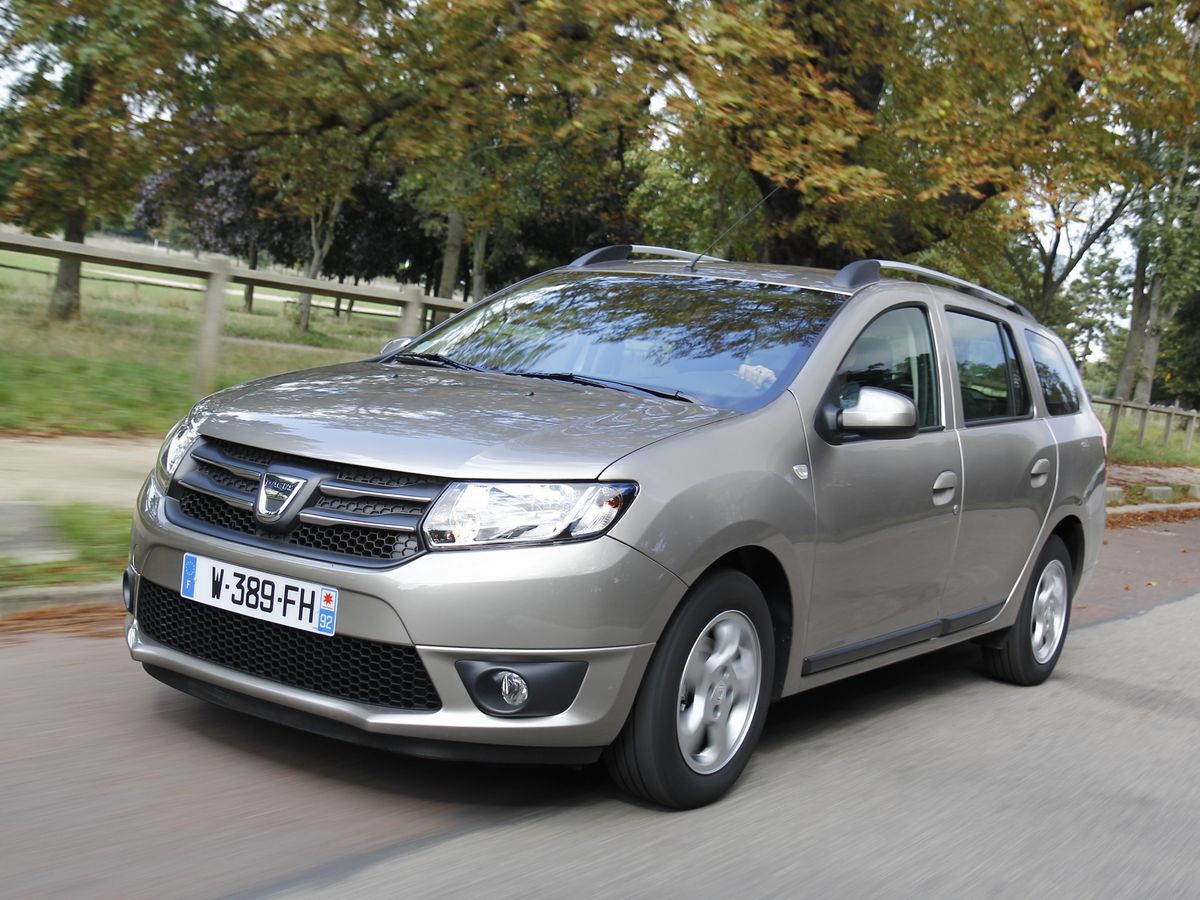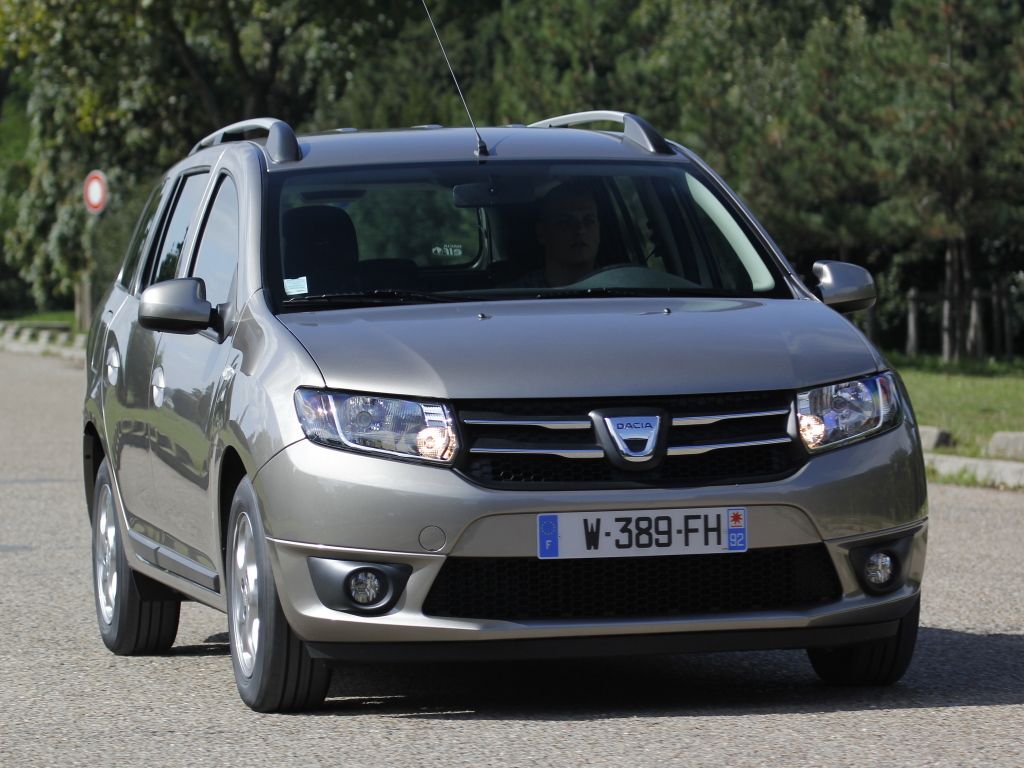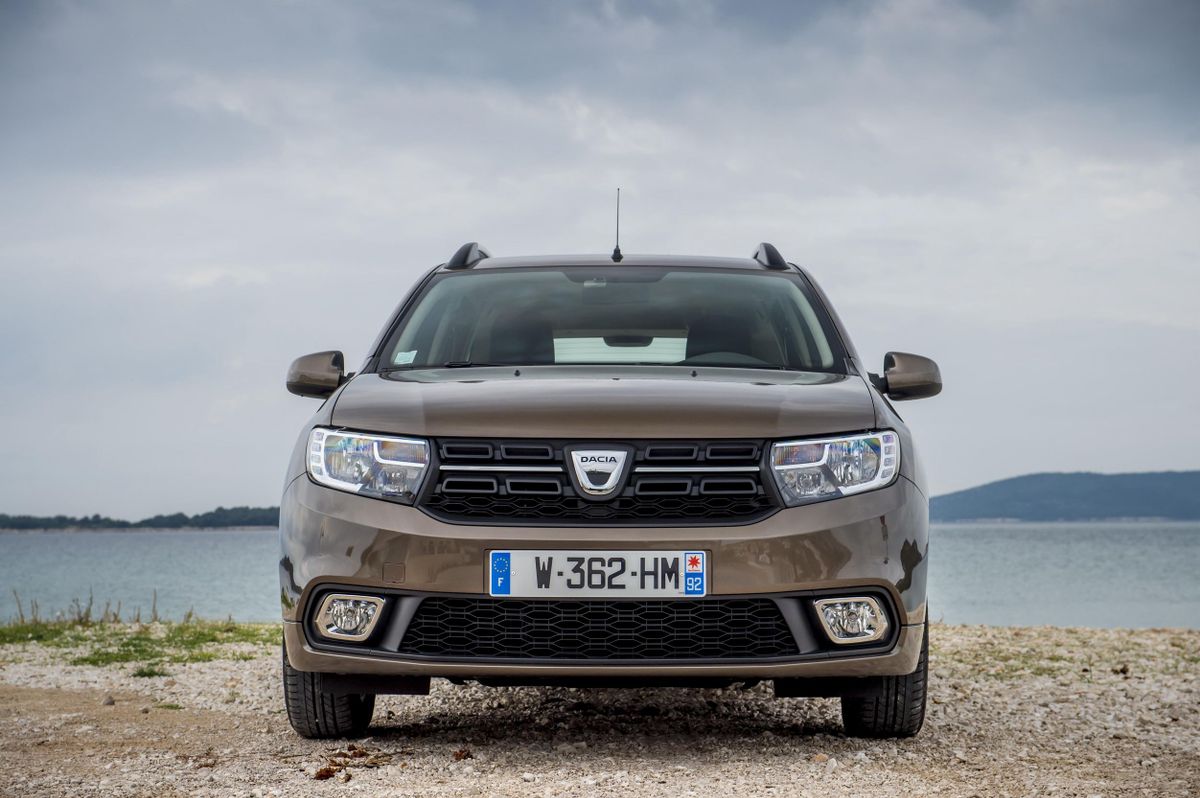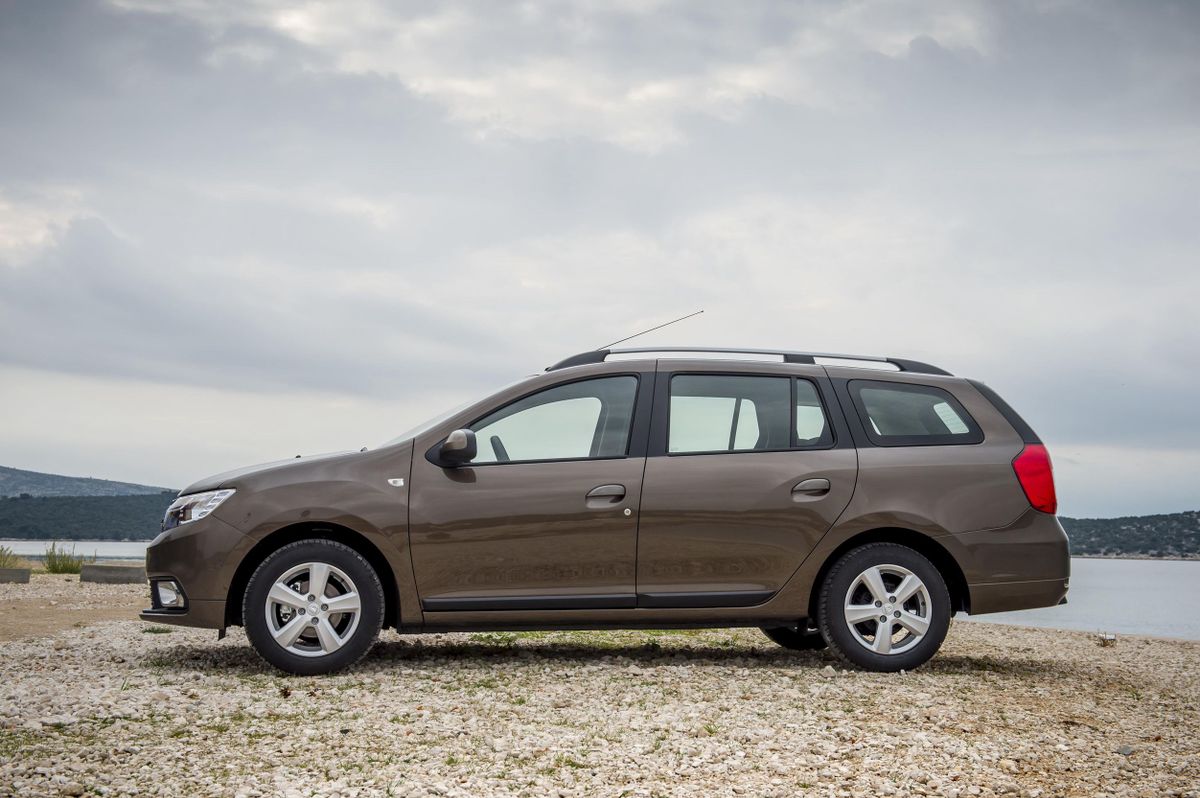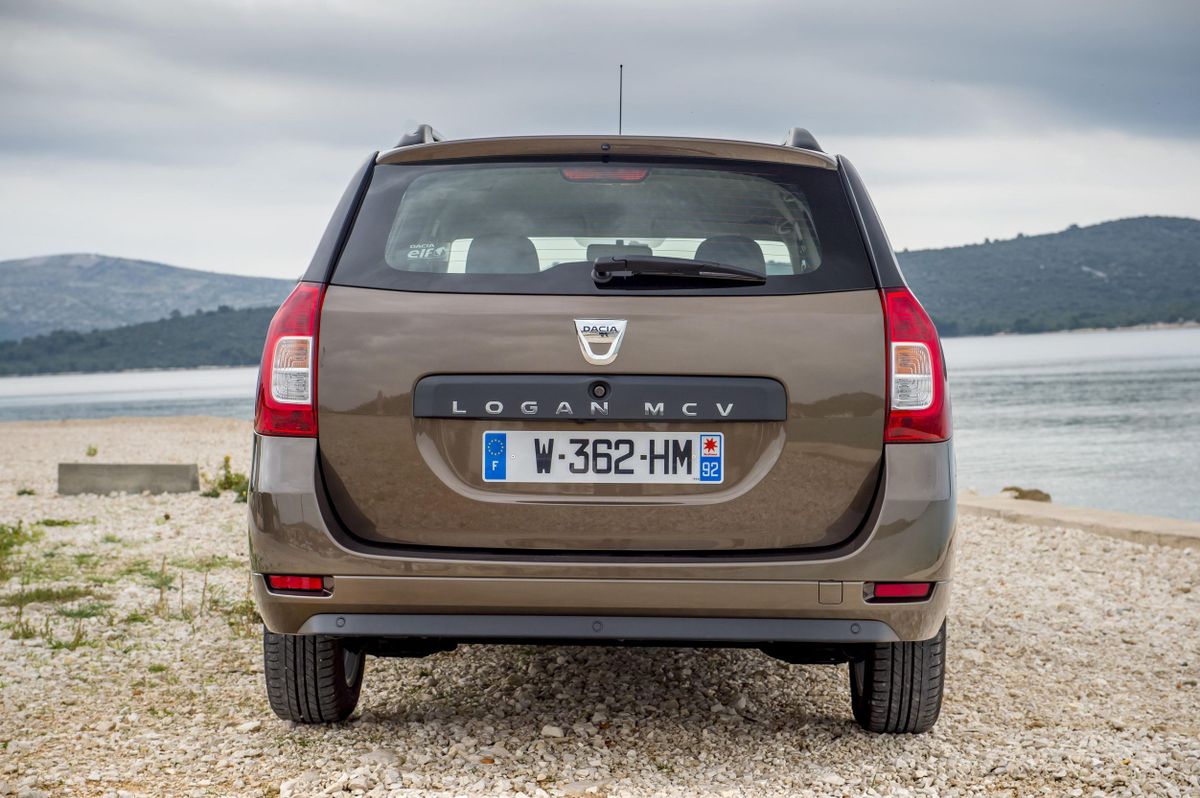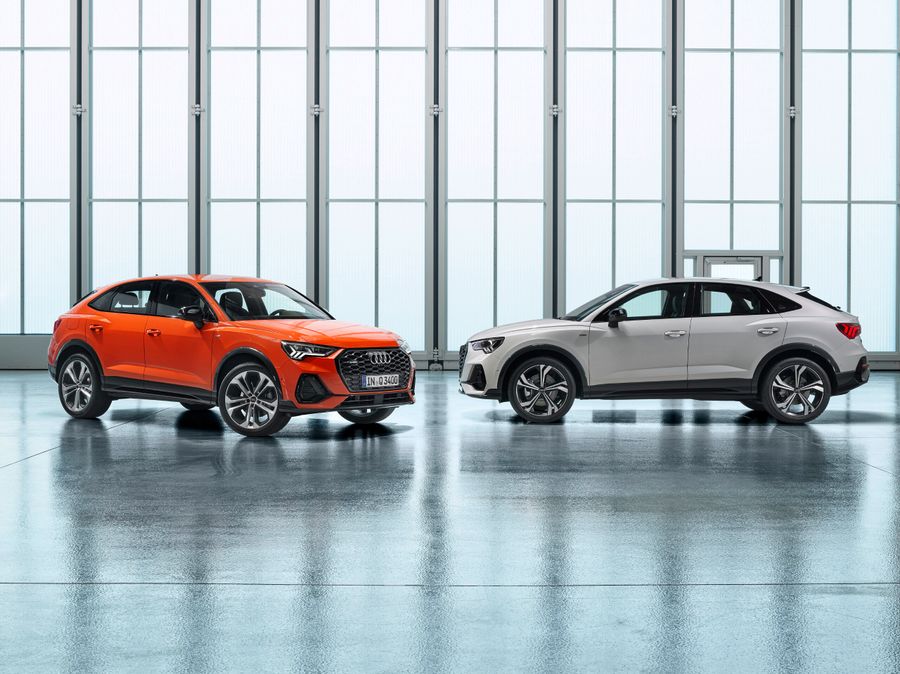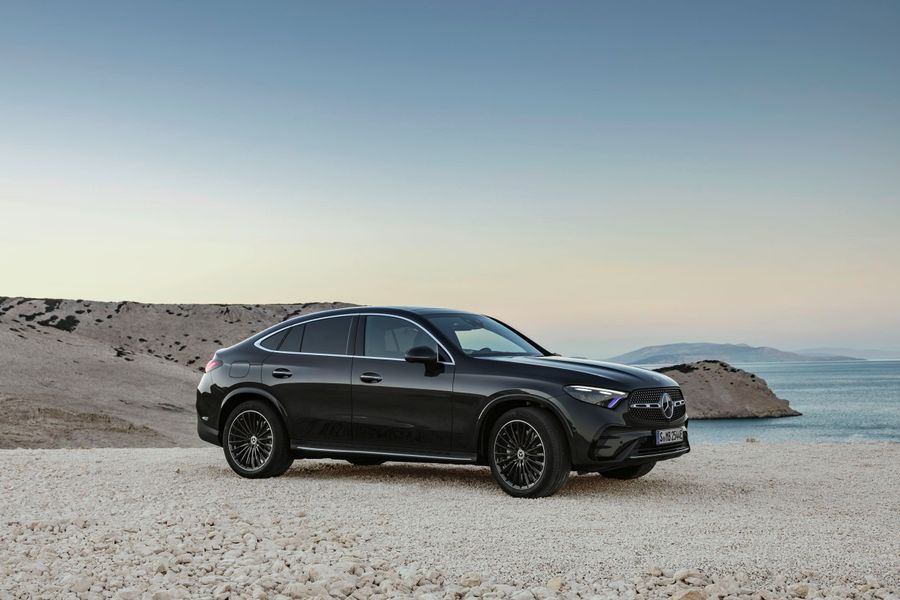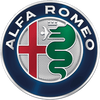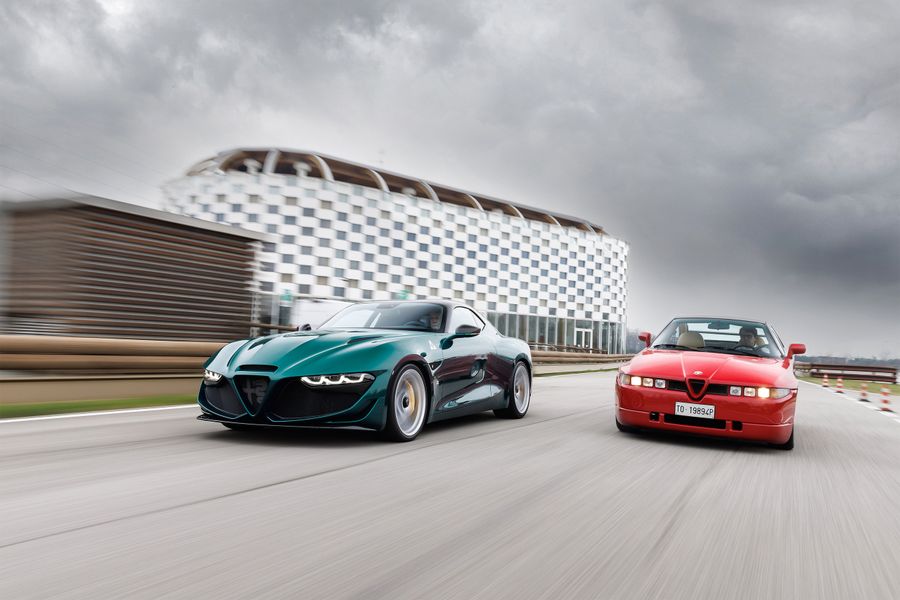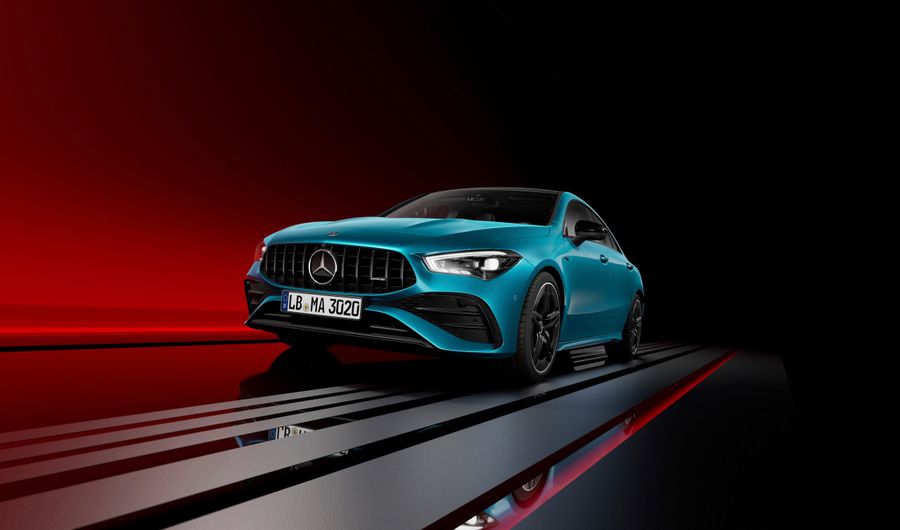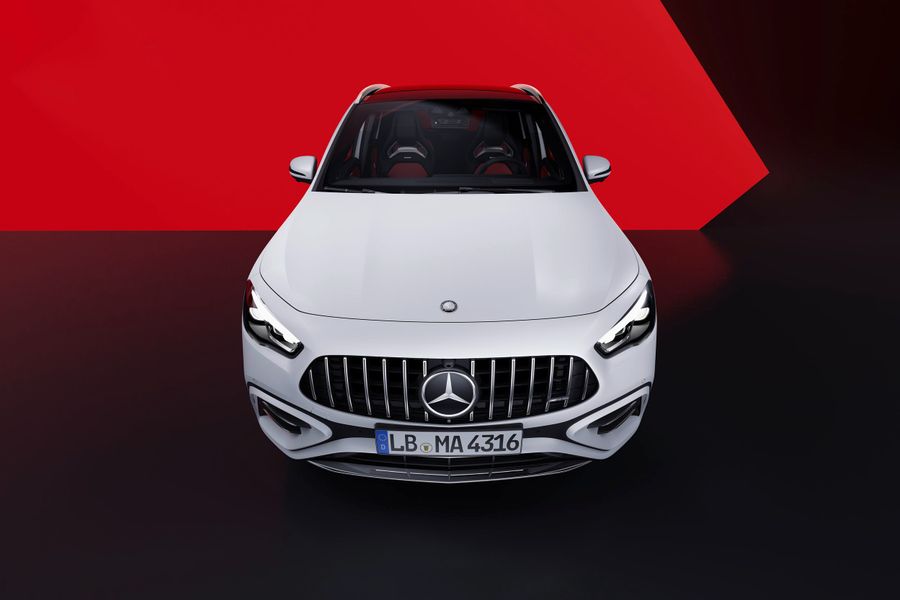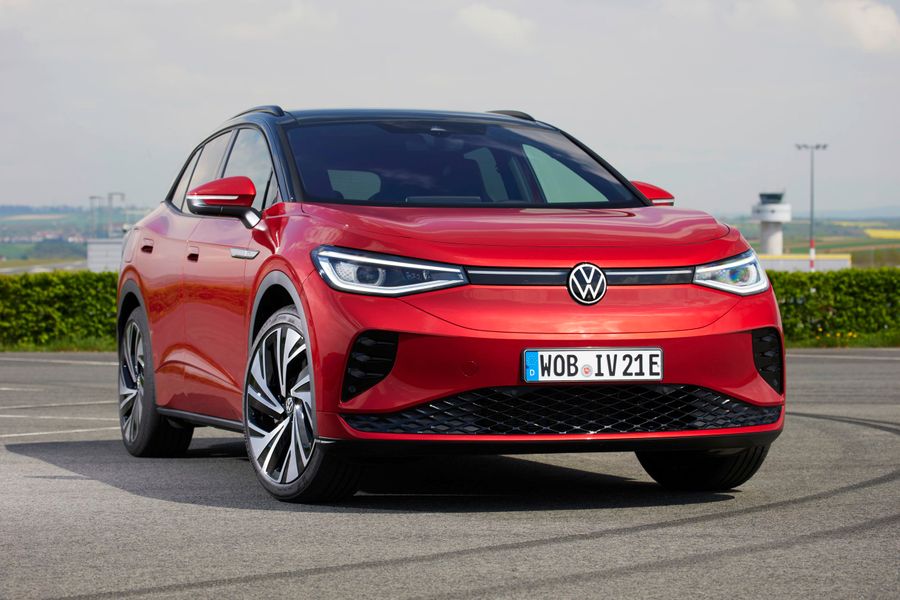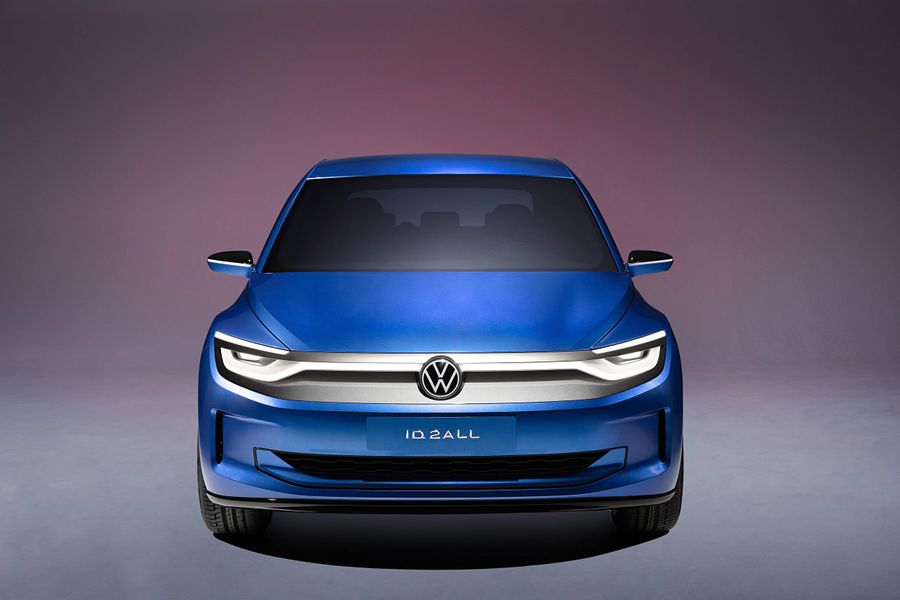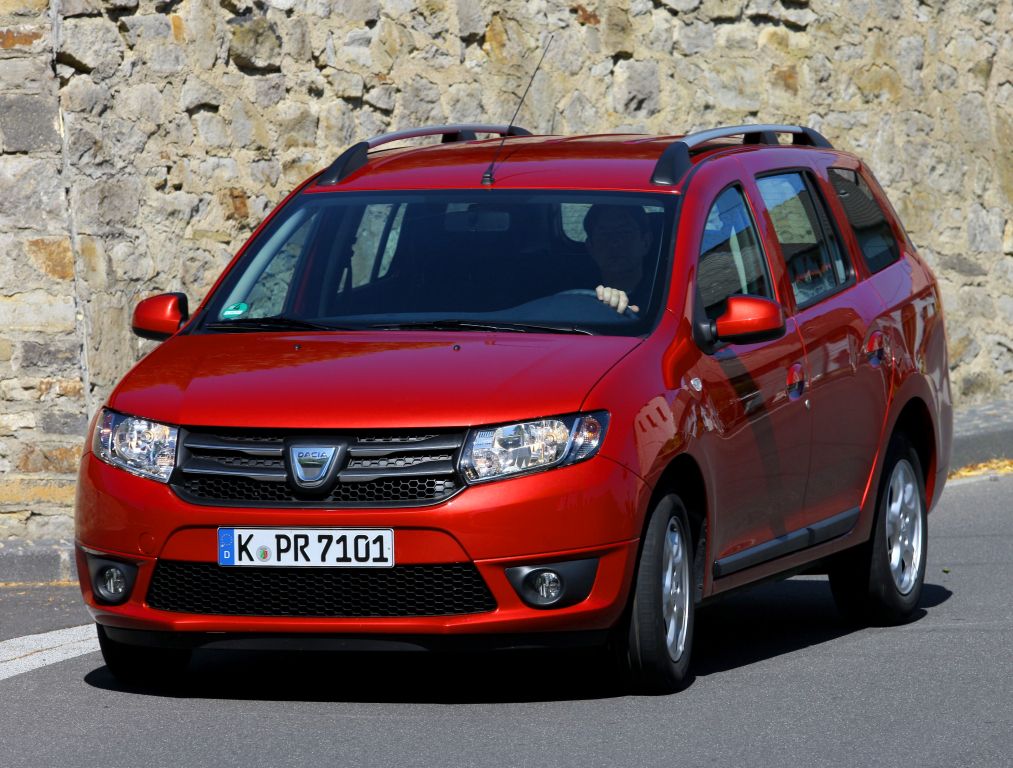
For all occasions
The Dacia Logan is a small family car that has been manufactured since 2004 by Dacia, the Romanian subsidiary of Renault (France). It was produced in sedan, estate or pickup bodies around the world at Dacia car plants in Romania and at Renault plants (or its partners) in Morocco, Brazil, Argentina, Turkey, Russia, Colombia, Iran and India. The car is also known as the Renault Logan, Nissan Aprio, Mahindra Verito, Renault Tondar 90, Lada Largus (MCV), Nissan NP200 (pickup) or Renault Symbol (Mk3), depending on the Renault brand presence or positioning. The model proved to be very successful: more than 4 million units were sold worldwide.
The Dacia Logan MCV is an estate based on the Logan sedan, produced since 2006. In September 2020, the manufacturer presented the third generation Logan family, including sedan, hatchback and cross-hatchback bodies, built on the new CMF platform. It was decided to replace the Logan MCV estate and the Logan minivan with a 7-seater SUV, which is why the last estates were assembled in October. Nevertheless, this model lived a very successful life, which we will describe below.
Origins
Renault Group senior leaders recognized Logan’s design as ingenious. And the model owes its creation to Louis Schweitzer, Board Chairman. While attending the delegation of Jacques Chirac, who visited Russia in 1997, in order to acquire a controlling stake in AvtoVAZ, Schweitzer wanted to launch the Megane range there upon completion of the deal. The Frenchman was surprised by the demand for affordable B-class models produced by LADA, while the new Renault cars were gathering dust in the salons because of their high cost.
Upon his return, Schweitzer immediately launched the preparation of a new project of a cheap and reliable car, capable of competing with even AvtoVAZ products in terms of cost. Thus, Schweitzer wanted the future bestseller from Renault to cost no more than €5 thousand. However, at that time he did not take into account the high cost of customs duties for the delivery of components, but still the Logan quickly became a bestseller on the market.
Now let’s go back to Mioveni. There, in 1999, the decayed Romanian brand Dacia was taken over by Renault, after which the company acquired additional cheap capacities. This strategy was clearly suitable only for the release of affordable models under the motto “Minimum costs - maximum benefits”. Renault did not initially plan to sell the Logan in Western Europe. Given the driving conditions in the “developing countries”, namely bad roads, harsh weather, poor fuel quality and cheap maintenance, the task was not easy. But the French car easily coped with all the difficulties for which it was intended, and was known as one of the best new products in its segment. In June 2004, the Logan sedan was officially launched, and in June 2005, its more expensive version started being imported into Western Europe. It was an unexpected success: in high-end countries, people also wanted an inexpensive, simple car that they could fix on their own.
The Logan MCV is an estate, or, as the manufacturer called it, ‘a car for all occasions’.
It is not surprising that the names of the model are extravagant. For example, the Mexicans got the Nissan Aprio, which can be translated from Latin as ‘Wild’. Turkey has the Renault Symbol. In India, the Logan is called the Mahindra Verito, meaning ‘Truth’. In Europe, the new car was named Logan, and the name was generated by the artificial intelligence that designed the car itself. Soon after the premiere of the sedan, the manufacturer released the Logan MCV, an estate, or, as the manufacturer called it, ‘a car for all occasions’. Later, on its basis, the Logan Van and the Logan Pick-Up with an open top were created. Plus, the Sandero hatchback joined the family of Logan cars. The main components of the chassis were also borrowed from the existing cars: the petrol 1.4-liter, 1.6-liter and diesel 1.5-liter engines were taken from the Renault K-Type series, and the 5-speed manual transmission from the Renault Megane MkII.
The first generation
It was produced from 2006 to 2013. The Logan MCV (Multi Convivial Vehicle), unveiled at the 2006 Paris Motor Show, was a versatile 5- or 7-seater version of the Logan. Its trunk compartment volume varied from 200 to 2,350 liters, depending on how many seats were folded. In addition, the interior provided enough space for storing small items. Its wheelbase was 275mm longer than that of the sedan. This version had large rear doors for easy access to the third row of seats. The estate had the same engines as the sedan. Thanks to the 7-seater versions, the car could compete with minivans. Sales in Romania started in October 2006 and in other countries in early 2007.
2008 restyling
In 2008, the Dacia Logan MCV underwent a significant restyling, acquiring the redesigned front face and interior. Technical equipment also was modernized (improvements were made to the anti-roll bar and suspension). Since 2012, the car has been produced in Russia under the Lada Largus trademark.
The second generation
It was produced from the second half of 2013 to autumn 2020. The car retained the name MCV, although it stood for Maximum Capacity Car. The car was 5-seater, and the trunk volume varied from 573 to 1,518 liters. The car came with a new 0.9-liter turbocharged petrol 3-cylinder engine capable of developing 90 hp and 135 Nm. The other two engine options were a 1.2-liter 16-valve petrol engine and a 1.5-liter diesel engine. Another addition was the Media Nav system, introduced earlier that year on the Lodge, consisting of a 7-inch touchscreen display with multimedia functions and navigation software. Other new features included cruise control, rear parking sensor, front and side airbags, and ABS and ESP as standard. The interior was significantly redesigned with new chrome elements. The dashboard featured a new Eco button, limiting engine revs to 4,000 rpm.
2016 restyling
At the end of 2014, Dacia started producing Euro 6 engines with reduced exhaust emissions. Since August 2015, the 0.9 TCe engine has been equipped with a Start & Stop system. Dacia unveiled a restyled model at the 2016 Paris Motor Show. The model features a new design and a new 1.0-liter engine. For the first time, the headlights are equipped with LED daytime running lights. The car has a new steering wheel and new glossy plastic, as well as the upgraded MediaNav multimedia system. Since the end of 2016, the Dacia Logan range has been offered with the Dacia Easy-R semi-automatic transmission.


